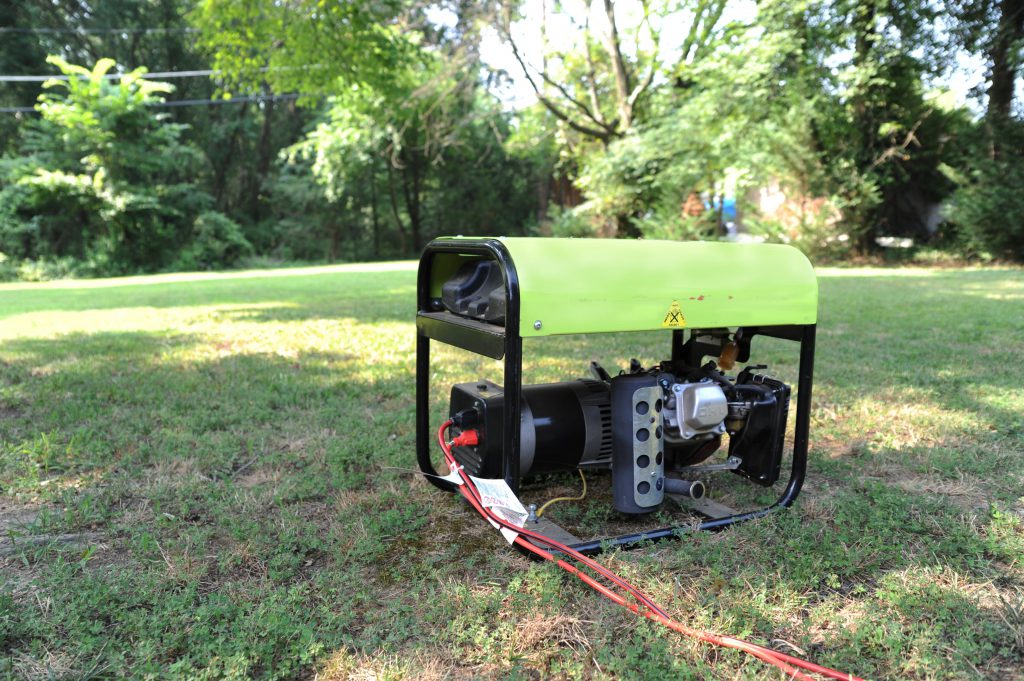Generator Safety

Downed utility lines, power company blackouts, heavy snow falls or summer storms can all lead to power outages. Many people turn to a portable generator for a temporary solution without knowing the risks.
- Generators should be used in well ventilated locations outside at least 5 feet (1.5 meters) away from all doors, windows, and vent openings. Measure the 5-foot (1.5 meters) distance from the generator exhaust system to the building.
- Never use a generator in an attached garage, even with the door open.
- Place generators so that exhaust fumes can’t enter the home through windows, doors or other openings in the building. The exhaust must be directed away from the building.
- Make sure to install carbon monoxide (CO) alarms in your home. Follow manufacturer’s instructions for correct placement and mounting height.
- Turn off generators and let them cool down before refueling. Never refuel a generator while it is hot.
- Store fuel for the generator in a container that is intended for the purpose and is correctly labeled as such. Store the containers outside of living areas.
Just Remember…
When plugging in appliances, make sure they are plugged directly into the generator or a heavy duty outdoor-rated extension cord. The cords should be checked for cuts, tears and that the plug has all three prongs, especially a grounding pin. If you must connect the generator to the house wiring to power appliances, have a licensed electrician install a properly rated transfer switch.

